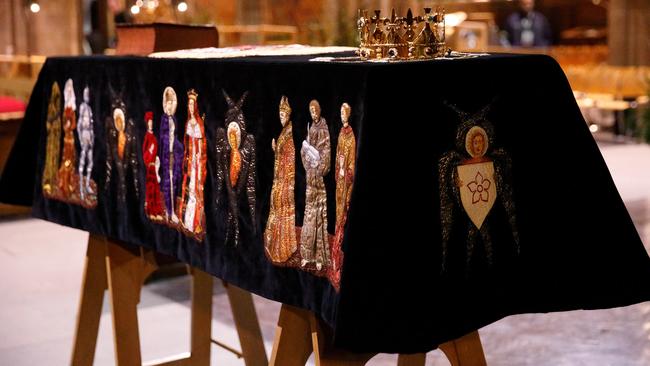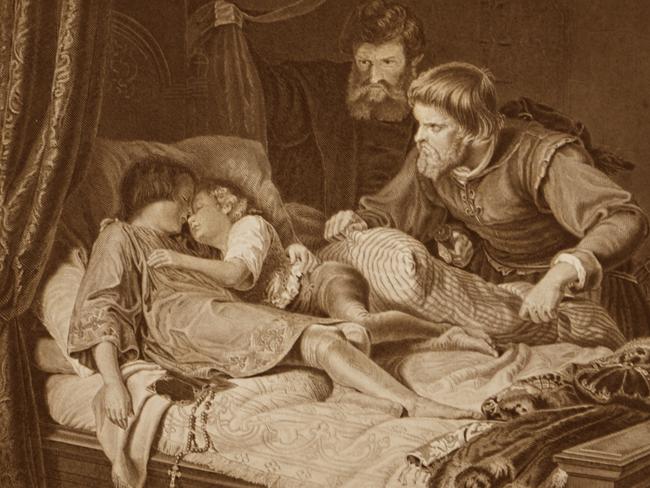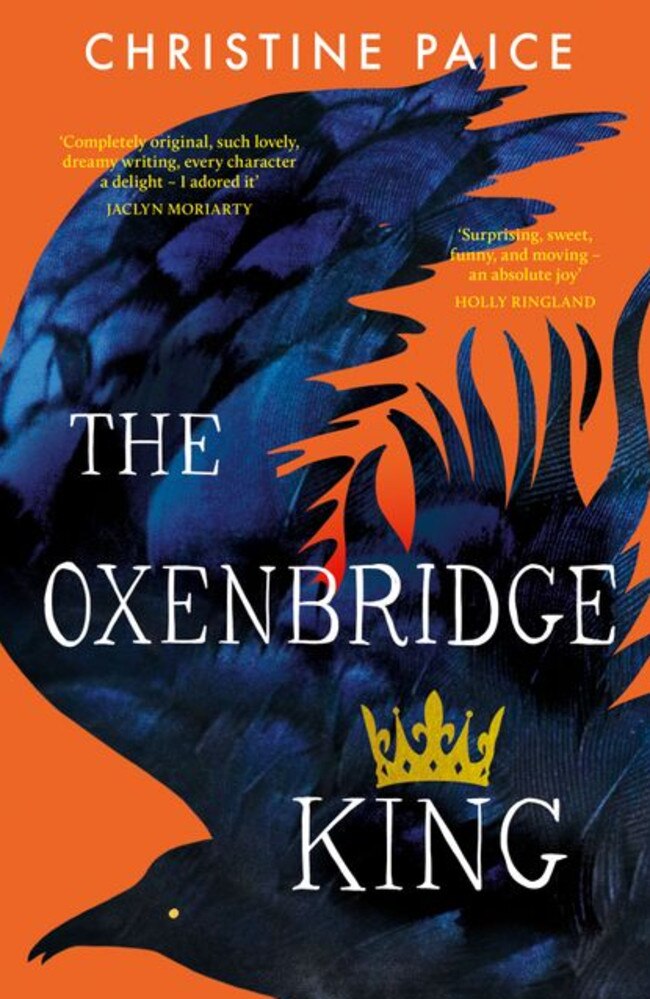A glimpse into the mind – and soul – of Richard III, the king accused of killing his nephews
For centuries, the mystery of the Princes in the Tower has chilled and enthralled. Amid debate around a fascinating new theory, a book goes inside the mind of the boys’ alleged murderer.

Books
Don't miss out on the headlines from Books. Followed categories will be added to My News.
It’s not every day that you can get up close and personal with a medieval king, but when the skeleton of Richard the Third was found buried beneath a council car park in Leicester, England, that’s exactly what happened.
This amazing discovery in August 2012, generated huge amounts of national and international excitement, and became part of my latest book, The Oxenbridge King.
Here was one of England’s most notorious kings on the front page of a newspaper.
Notorious because Richard has always been accused of ordering the deaths of his young nephews, allegedly having them smothered in their sleep in the Tower of London, after he had become king.

Now I could almost reach out and touch him; his open-mouthed skull, his teeth, the scoliosis in his spine, his bones brought him back to life again.
So many books have been written about this king’s life, but what fascinated me was his death. The grave had been hastily dug and was too small for his body, so his head was thrust forward to one side. His tibia had no feet. I could see the terrible injuries to his skull that had killed him.
Medieval England was Catholic and Richard was a pious man. A firm believer in sin, and salvation from that sin through prayer and redemption. If he had ordered the killing of the boys, how did he weigh himself before God? Did he believe that the right amount of prayer and piety would rebalance his sins and that when he died, angels would carry his soul to Heaven? What if this didn’t happen and everything in the afterlife was different?

This is the place where The Oxenbridge King begins. The moment on the battlefield when Richard loses the fight and begins the long journey to redemption in the afterlife.
In medieval Britain, you had to save yourself from the temptations of sin. If you were good enough, salvation would be granted to you, as a just reward when you died. The Oxenbridge King is the story of Richard the Third in the afterlife, and how this intertwines with ordinary people living ordinary lives in the twenty-first century.
As I created characters in both the medieval and modern worlds, I realised that the whole story could be pulled together by the thread of Richard’s soul. As he navigates the afterlife with his guide, Raven, Richard comes to understand he has no choice but to face the truth of his actions.

But what is that truth? How do we know the truth of ourselves when the story we tell about our lives is the one we want to hear? In The Oxenbridge King, whether you are a king, or an angel, or a man in retirement, or his wife, or a young woman carrying grief and secrets, truth is at the heart of our trust in each other and our faith in ourselves.
Richard’s bones were famously found buried in the ruins of Grey Friars, a medieval monastery in a car park in Leicester, where he had lain, lost and forgotten for five hundred years. In August 2012, Philippa Langley, working in conjunction with the University of Leicester, followed her intuition that told her the lost king of England would be found under this council car park marked with the letter ‘R.’ Amazingly enough, this turned out to be true. During the weekend of 17-18th August, medieval England came alive again in Leicester with the re-enactment of The Battle of Bosworth and the celebration of all things Richard.

The publication of my book comes at a time of renewed global interest in Richard the Third. Langley and her team in The Missing Princes Project have unearthed new evidence which, according to Langley, demonstrates the survival of both princes after 1483.
This includes a royal receipt for weapons issued in 1487 by King Maximilian I for the older prince, and a personal account of the younger prince’s escape from the Tower of London.
Despite this, there is one irrefutable fact; Richard the Third was a medieval king. He was a man of his time who did what he had to do to become king.
In The Oxenbridge King, a world where a king can finally seek forgiveness, is a world where everyone can do the same, and that is a powerful thing.

The Oxenbridge King, by Christine Paice, is out now, published by 4th Estate AU.
Tell us what you think of Richard III, historical stories and murder mysteries at the Sunday Book Club group on Facebook.
Originally published as A glimpse into the mind – and soul – of Richard III, the king accused of killing his nephews


